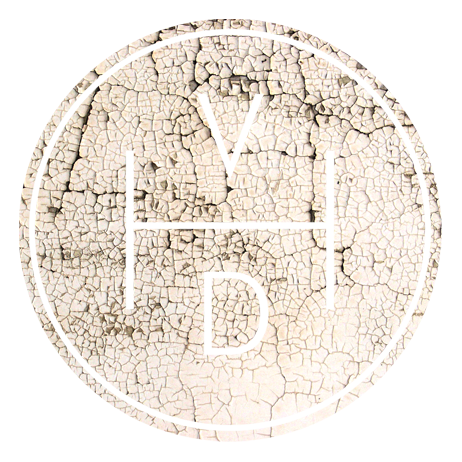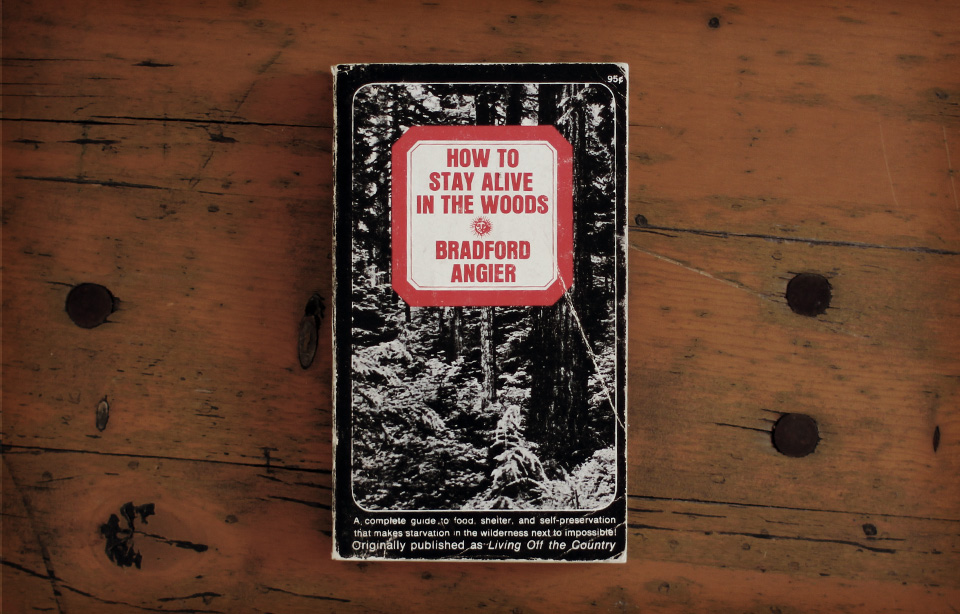Something a little different for this gear list, but absolutely fascinating nonetheless.
Ötzi the Iceman was discovered in 1991 by hikers in the Ötztal Alps, on the border between Austria and Italy. He is the oldest naturally mummified human ever discovered. Believed to be 5300 years old, Ötzi and his equipment are incredibly well preserved perhaps due to, among other things, his body being almost immediately covered by snow which protected him from scavengers and the geography of the area he died in. His skin, teeth, personal items and contents of his internal organs were all found intact, and were able to provide a remarkably detailed background for the ancient mountain man.
His equipment list also paints a fascinating and vivid picture about how he lived. It is believed that Ötzi was a herdsman, due to the large amount of animal fibers on his clothing. Items like his copper axe, bow and reed mat suggested that he was able to hunt and be self sufficient allowing him to stay in the mountains for extended periods of time with his herd. The list of items found with Ötzi is detailed below...
Clothing
Coat made from goat hide Goat leather loincloth, 33cm x 100cm fastened with a belt Bearskin cap with leather chin strap Calf to thigh leggings made from goat skin, loops at the top can be threaded through a belt, laces at the bottom are for threading onto shoes Double layer shoes, inners made of grass outers made of deerskin with bearskin soles Belt with pouch 4-5cm wide made from calfs leather
Equipment
Grass Cape used as a mat or possibly a backpack Backpack made form a large piece of bent hazel wood with larch wood slats and a hide sack attached Quiver made from chamois hide with yew support rod Copper bladed axe Flint bladed dagger with sheath 1.8m Yew bow 14 arrows Small tree-bast net Birch-bark containers stuffed with maple leaves with lit embers for starting fires
Tools and sundries
Antler multi-tool 2m Tree-bast string 2x Animal sinews Retoucheurs tool or pressure flaker (for refining flint items) 4 Arrow tips Flint scraping tool Flint drill Small fine flint flake Stag antler tips Bone awl Tinder fungus (Fomes fomentarius) Stone disc
First-aid
2 Strips of hide threaded with fruiting body of the birch polypore fungus.
There is still uncertainty about how Ötzi died but the prevailing theory is that he was in fact murdered. He had an arrowhead embedded in his shoulder, the wound from which had not healed and there was a significant head wound. It is not clear if the head wound was caused in a fall, occurred postmortem or was inflicted by the his attacker as the final act of murder. However he died, it is remarkable to think that he has been up in the mountains, preserved in the ice, and has silently sat through the entire development of the modern world.
All the images are used with permission from South Tyrol Museum of Archaeology they own the copyright for all of these images please be considerate and seek permission if you wish to use any of them. Visit www.iceman.it for more details about this amazing story.


















